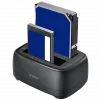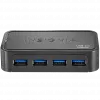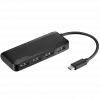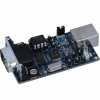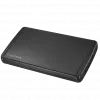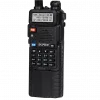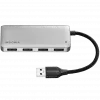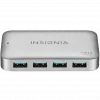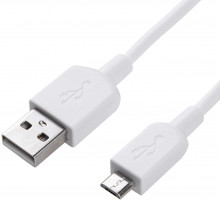
USB, short for Universal Serial Bus, is an industry standard that was developed to define cables, connectors and protocols for connection, communication, and power supply between personal computers and their peripheral devices.
USB was designed to standardize the connection of computer peripherals (including keyboards, pointing devices, digital cameras, printers, portable media players, disk drives and network adapters) to personal computers, both to communicate and to supply electric power. It has largely replaced interfaces such as serial ports and parallel ports, and has become commonplace on a wide range of devices.
